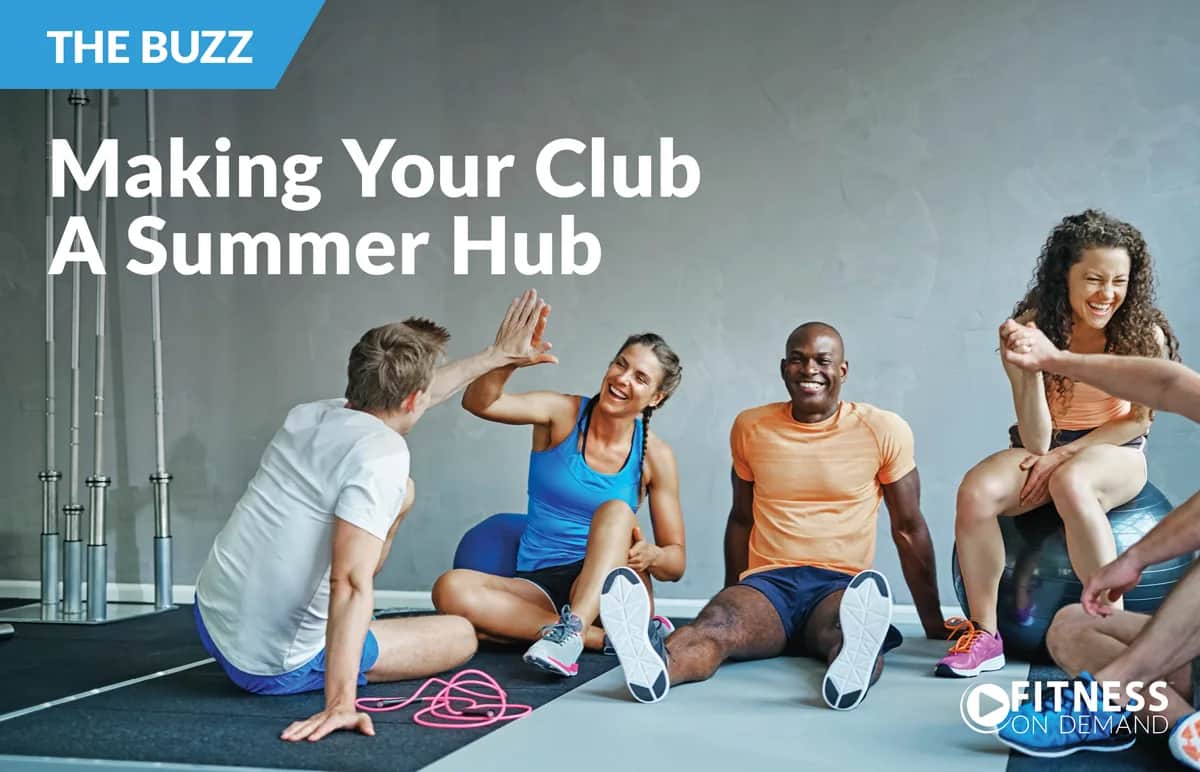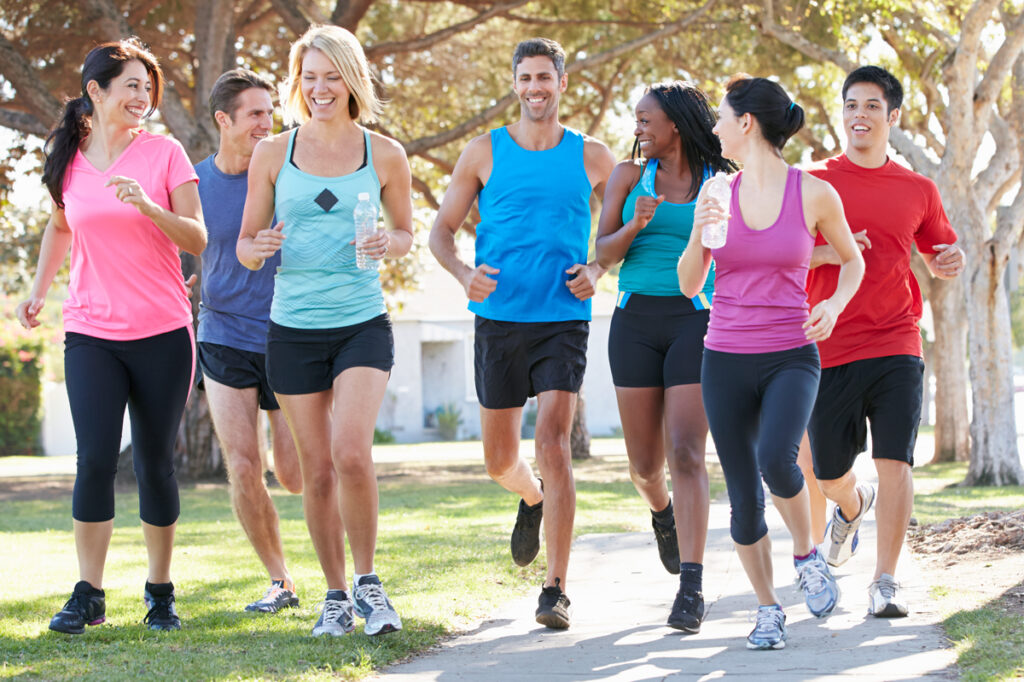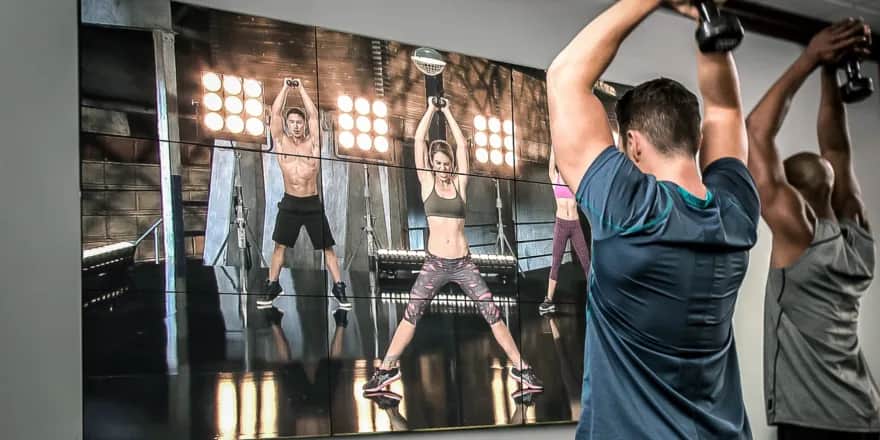
Each month we ask club customers and managers of others fitness facilities what are the burning issues, the questions on their minds:
QUESTION OF THE MONTH:
Q: How do I keep my members as involved with my club in summer as they are in colder months?
A: Be a hub for summer training, community and more
As outdoor training season for marathons, 10Ks and road races kicks in to high gear it can be easy for members to trade the hours they spend at their club during colder months for time hitting the road. Whether you’re concerned about member fall out during these months and looking for ways to lock members into club routines, or want to help augment summer training activities, try these three things:
1. Make your club more than a meeting spot – running or cycling clubs associated with your club should be doing more than using the parking lot for pre-training meeting or post run showers. Have a cycle class instructor lead the group out on a weekly ride for sure, but also have them give tips about proper post training nutrition, wind down and recovery. They can also help with pre-ride warmups. For running clubs a cardio instructor can run members through a heart pumping warm up and cool down when everyone returns to the club.

2. Promote cross training for runners and cyclists – no-one training for a specific event should only run, or cycle. That’s a one-way ticket to repetitive strain injury and very possibly missing the event. But providing and promoting cross training and other services that runners and cyclists may need during training season is a great way to re-engage them with the core activities of the club. It’s not always easy to have trainers on hand but using and promoting your on-demand portfolio of content can help members cross train effectively. For runners circuit training will help to optimize aerobic fitness and should be integrated into running schedules on one or two down days a week when a run isn’t scheduled. Cyclists can benefit too from a wide range of cross training activities at the club from swimming to yoga or Pilates.
3. Create recovery events for group training – most amateur athletes know that recovery is important, but they can also be highly motivated people who need to be helped to slow down and look after an injury. Create a weekly physical therapy clinic at the club that’s open post training for runners and cyclists to get expert advice and “tune ups” or help taping light injuries. Or conduct special massage hours for the club runners and riders to help them unwind after a hard session. All of these simple tactics add low-effort ways to keep members engaged with, and valuing, your club’s services.

Author
